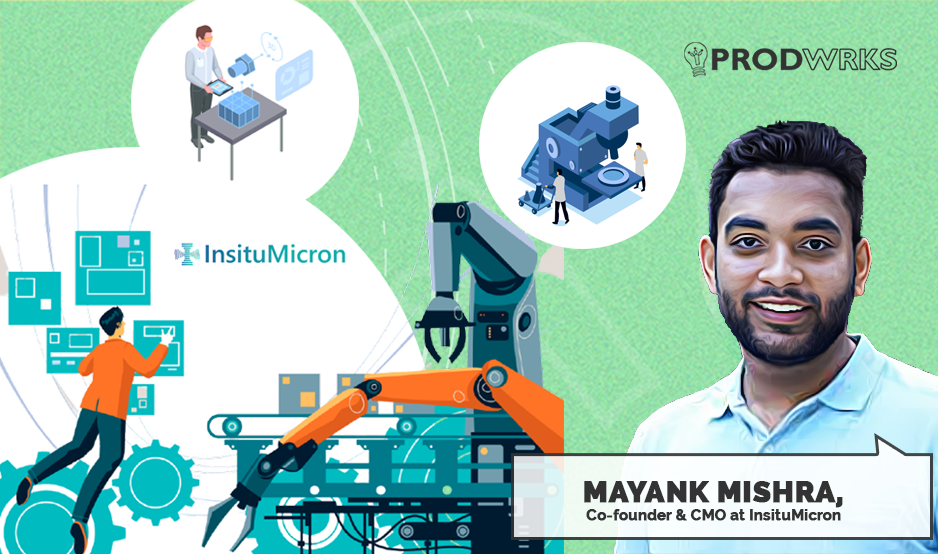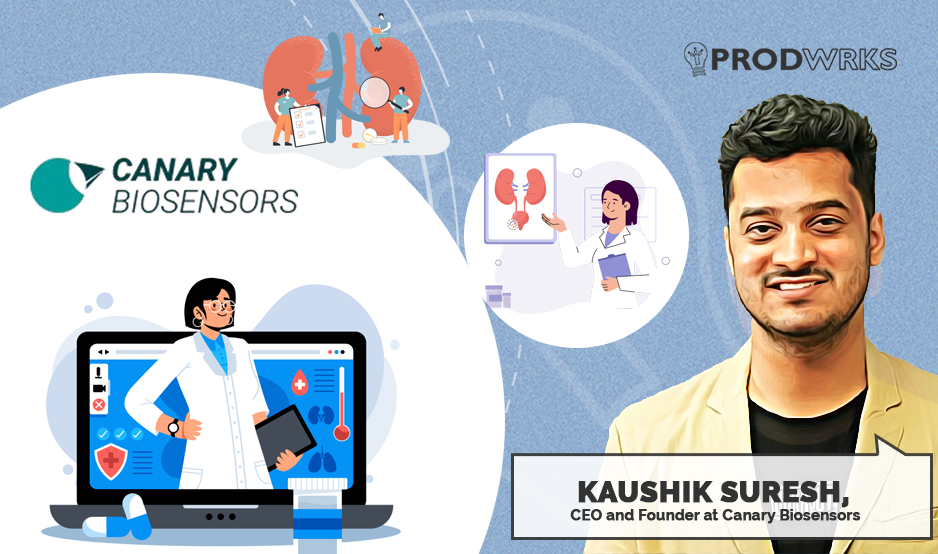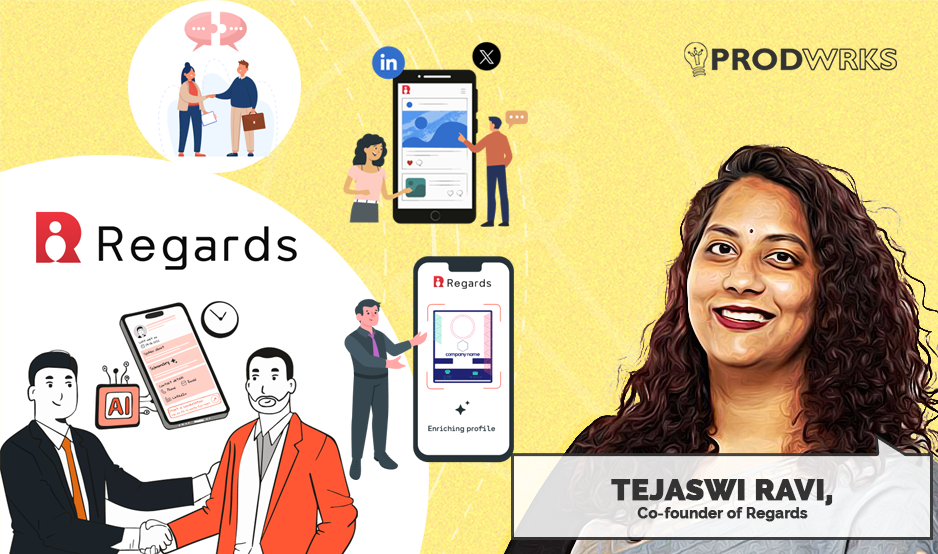
India is a country with a large population but limited access to formal, affordable credit. This presents a massive market opportunity for lenders and fintech companies. However, the current system for delivering credit to underserved borrowers is broken.
Lenders face a number of challenges in reaching out to and underwriting prospective borrowers, including high costs of borrower acquisition and time-consuming custom third-party tie-ups with loan originators.
Marketplaces also face challenges in connecting their customers with lenders, as custom integrations and manual processes are costly and time-consuming. This leads to high turnaround times for loan disbursements and restricts marketplaces’ ability to provide custom financial products quickly.
Hence, the Open Credit Enablement Network (OCEN) was initiated to unbundle lending and enable the creation of specialized entities, each of which focuses on one part of the job.
What is Open Credit Enablement Network (OCEN)
The Open Credit Enablement Network (OCEN) is a framework of application programming interfaces (APIs) that allows for the seamless exchange of credit data and lending services between borrowers, lenders, and other participants in the credit ecosystem. It is a part of the larger India Stack, which is a set of open digital infrastructure that aims to democratize access to financial services and other digital goods and services.
OCEN was launched by the Indian government in 2020, and it is already being used by a number of banks, fintech companies, and other financial institutions. It has the potential to revolutionize the way that lending is done in India by making it more efficient, transparent, and inclusive.
Under OCEN, the future of lending will be a partnership between multiple firms individually focused on sourcing/distribution, identity verification, underwriting, capital arrangement, recollections, etc.
Entities like marketplaces, which have high business connect with their customers (businesses or individuals), can now embed credit offerings in their applications. These entities are referred to as Loan Service Providers (LSPs).
OCEN's Digitization of the Lending Process
OCEN digitizes the lending process by using open APIs to connect lenders, loan service providers (LSPs), and other participants in the credit ecosystem. This allows the entire lending process to be conducted digitally, from origination to disbursement.
Here is a step-by-step overview of how OCEN digitizes the lending process:
1. Origination: The LSP provides a digital interface for borrowers to engage with lenders. This makes the lead generation process for lenders completely digital.
2. Underwriting: The lender can fetch data about the borrower from the LSP, credit bureaus, and identity verification utilities through the OCEN APIs. Any additional data, such as bank statements and GST invoices, can be pulled through an Account Aggregator (AA).
3. Offer and acceptance: The lender can offer a loan and the borrower can accept it electronically on the LSP’s interface through the OCEN APIs. Once a loan offer has been selected, the borrower can sign the loan documents using eSign.
4. Repayment schedule and auto-repayment: The borrower can set up auto-repayment using a credit card, electronic NACH mandate, or UPI e-mandate. The LSP can also forward a lender’s repayment link to the borrower for direct payment execution through the OCEN APIs.
5. Monitoring: The lender can take the borrower’s consent to monitor their bank account through the AA. This allows the lender to monitor the status of their loan and take early action if necessary.
6. Disbursement: The lender can disburse funds to the borrower using online payment methods such as UPI or IMPS.
Loan Service Providers and Account Aggregators:
Loan Service Providers (LSPs) in OCEN:
An LSP is an entity that provides the service of facilitating loans for a borrower. In simple terms, LSPs are like loan marketplaces. Unlike direct selling agents (DSAs), LSPs are not agents of the lender. Instead, they are supposed to be agents of the borrower, helping them to find the best credit products to suit their needs.
LSPs can work with any lender as long as both parties are using the standard rules prescribed by OCEN. This means that LSPs can provide borrowers with access to a wide range of credit products from different types of lenders.
There are several benefits to using an LSP
- LSPs will not take a commission from the lender and will disclose to the borrowers any incentives or conflicts of interest which might affect the way they present different loan offerings.
- LSPs can help borrowers to compare and contrast different loan offers and to find the best deal for their needs.
- LSPs can help borrowers to understand the terms and conditions of loan offers and to avoid any hidden fees or charges.
- LSPs can help borrowers to apply for loans and to get their applications approved quickly and efficiently.
Account Aggregators (AAs) in OCEN:
Before AAs, lenders had to go through a complex process to ingest borrower data from banks and other financial institutions. AAs simplify the process of ingesting borrower data by providing standardized, machine-readable data in a single format. This makes it much cheaper, quicker, and easier for lenders to process borrower data.
In addition to this benefit for FIUs, AAs also provide a number of benefits for data owners themselves. Most importantly, AAs give data owners granular control over their data. Using an AA, an individual or business can choose exactly which data to share, with whom, for how long, and under what conditions.
AAs play a supporting role in the OCEN credit flow. They are involved in the process to the extent that they capture the borrower’s consent to share data with lenders. This data can come from a variety of sources, such as banks, the GST system, credit bureaus, or even the LSPs themselves.
When a borrower wants to apply for a loan through OCEN, the LSP will redirect them to the AA to give consent to share their data with the lender. Once the borrower has given consent, the LSP is alerted, and the lenders receive the data via the borrower’s AA. The lending flow can then continue.
The Difference Between LSPs and AAs
LSPs (Loan Service Providers) are a specific type of institution that provides a bridge between lenders and borrowers on the OCEN network. They facilitate the entire lending process for the borrower, from discovering loan products to selecting the right loan to preparing the data to complete documentation to setting up repayment schedules to managing the connection with the lender post-disbursement.
AAs, on the other hand, provide the service of collecting consent and facilitating data flows between parties for many different kinds of use cases, not just lending and not just within OCEN.
Benefits provided by OCEN to key stakeholders
Borrowers:
- Easier access to credit products on their favourite apps and in the course of their daily routines
- Lower interest rates due to the lower cost of customer acquisition for lenders
- Highly customized credit products tailored to their activities and requirements
- Access to credit products that may have been previously out of reach, thanks to the use of transactional data as a data surrogate
- The ability to make an informed choice about what products to choose based on the advice of Loan Service Providers (LSPs), who are designed to be agents of the borrowers
Lenders:
- Reduced cost of operations by leveraging the customer pools already aggregated by LSPs
- More innovative and personalized products for customers due to the digitization of the lending value chain
- Expanded markets by offering products to customers that may have been too expensive to reach or too difficult to underwrite
- Natural points for collecting repayments through LSPs
- Ability to monitor the activities of borrowers through LSPs, helping to identify red flags early on
Loan Service Providers
- Automatic recognition as a provider of lending-as-a-feature
- Improved Net Promoter Score by more holistically solving the needs of their customers
- Increased stickiness of their apps by providing embedded finance within their existing product or service flows
- New revenue stream while enhancing the liquidity and economic potential of their users
Pilots involving OCEN - Sahay GST and Sahay GeM Apps
Just as BHIM was the first reference implementation for UPI, the Sahay GST and Sahay GeM apps will be the first reference apps for OCEN. These apps will provide businesses on the GST network and the Government e-Marketplace (GeM) with a way to easily apply for credit using their GST invoices and transaction history as data surrogates.
GeM SAHAY: This pilot was launched in May 2021 to test the idea of cash flow-based lending to small and medium-sized enterprises (SMEs) on the Government e-Marketplace (GeM) portal. The pilot was successful in demonstrating that short-tenure, small-ticket-size loans can be enabled through the OCEN network.
GST SAHAY: This pilot, launched in January 2023, expanded on the GeM SAHAY pilot by using GST data to enable working capital loans. The pilot also tested the inclusion of Account Aggregator data for loan underwriting.
Present version of OCEN - OCEN 4.0
In August 2023, OCEN 4.0 was unveiled. It is the latest iteration of a framework of application programming interfaces (APIs) that enables cash flow-based lending to micro, small and medium enterprises (MSMEs).
OCEN 4.0 is designed to build an ecosystem of participants that can create a wide range of cash flow-based loan products for different sectors and types of borrowers.
Key Changes in OCEN 4.0
1. New participant roles: OCEN 4.0 introduces new specialized roles for participants, such as local networks of participants who can help with KYC, disbursement, collections, and data for underwriting. This reduces the burden on lenders and makes credit more accessible in underprivileged areas.
2. New Registries: OCEN 4.0 introduces two separate registries: a Participant Registry for participants and a Product Registry for products. These registries are maintained by Self-Regulatory Organizations (SROs) and allow for the creation and discoverability of new products in the ecosystem. The SROs also provide a strong dispute resolution system via authorized mediation.
3. Product networks: OCEN 4.0 introduces the notion of a product network for serving a product. A product network enables a group of different participants to come together to serve a particular product to a set of borrowers via a Loan Agent (LA). LAs create and manage product networks, while lenders create the products. All participants can browse the products and product networks on the Product Registry and collaborate using product networks.
4. Updated APIs: The OCEN 4.0 APIs are updated to require minimal integration effort across various products, actions, and roles. The APIs across all participants are standardized so that a one-time integration can unlock future collaborations with new parties to serve new products.



